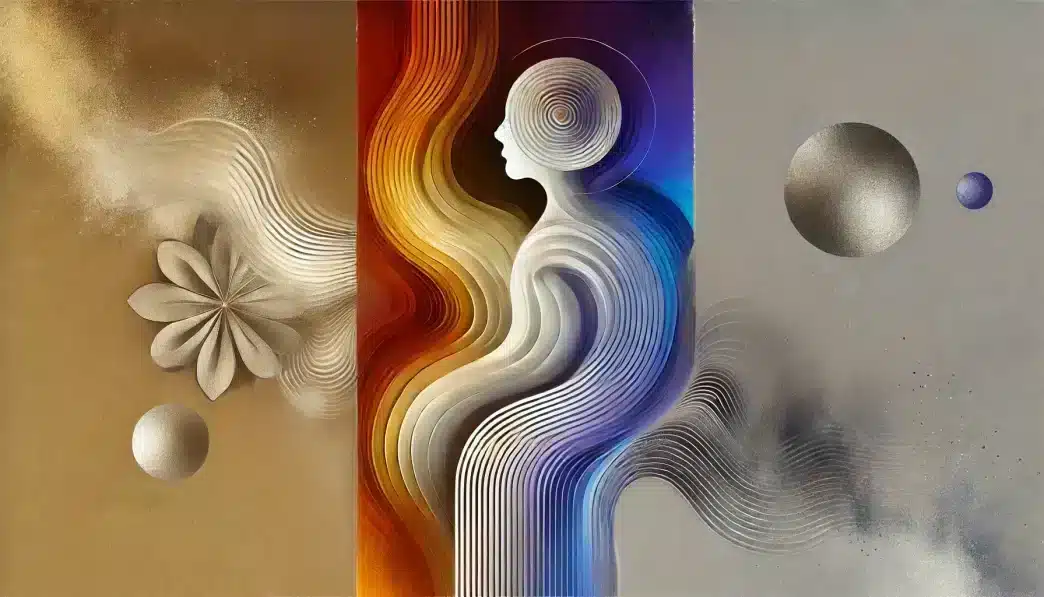What is World Bipolar Day?
World Bipolar Day is observed annually on March 30 to raise global awareness about bipolar disorder and eliminate social stigma. The date was chosen to honor the birthday of Vincent van Gogh, the famous painter who was posthumously believed to have had bipolar disorder. The day promotes education, understanding, and support for those living with the condition, encouraging open discussions about mental health.
History and Origin
World Bipolar Day was established by the International Society for Bipolar Disorders (ISBD), in collaboration with the Asian Network of Bipolar Disorder (ANBD) and the International Bipolar Foundation (IBPF). The goal is to unite people worldwide in spreading awareness and breaking misconceptions surrounding bipolar disorder. By linking the observance to van Gogh’s birthday, organizers highlight the connection between mental health and creativity, emphasizing that people with bipolar disorder have made significant contributions to society.
Who Celebrates World Bipolar Day?
- Individuals Living with Bipolar Disorder participate to share their experiences and raise awareness.
- Mental Health Organizations host events, campaigns, and educational programs.
- Healthcare Professionals provide information about treatment and support options.
- Families and Friends show support by learning about bipolar disorder and advocating for mental health.
- The General Public is encouraged to engage in conversations that promote understanding and acceptance.
Slogans and Themes
World Bipolar Day focuses on themes of awareness, acceptance, and education. The day encourages open discussions to help reduce stigma and support those affected by the condition. Slogans like “Bipolar Strong,” “Break the Stigma,” and “Mind Matters” capture the spirit of the observance. The goal is to foster a world where mental health is understood, and people with bipolar disorder feel supported in their journeys.
Colors, Symbols, and Patterns
Colors
- Green represents mental health awareness and balance.
- Yellow symbolizes hope, positivity, and strength.
- Blue conveys stability, tranquility, and support.
Symbols
- Butterfly represents transformation, resilience, and hope.
- Semicolon (;) signifies continuity, reminding those struggling with mental health that their story isn’t over.
- Brain Icon symbolizes the importance of mental health education and awareness.
Patterns
- Waveforms represent the emotional highs and lows associated with bipolar disorder.
- Interlocking Circles symbolize unity and support within the global mental health community.
- Light and Dark Contrasts illustrate the mood shifts experienced by individuals with bipolar disorder.
Most Used Hashtags
- #WorldBipolarDay
- #BipolarStrong
- #BreakTheStigma
- #MentalHealthAwareness
- #BipolarAwareness
How to Celebrate World Bipolar Day
- Share Personal Stories to raise awareness and inspire understanding.
- Attend Educational Events such as workshops, panels, and webinars about bipolar disorder.
- Wear Symbolic Colors or Accessories like green ribbons or butterfly pins to show support.
- Support Mental Health Organizations by donating, volunteering, or participating in advocacy campaigns.
- Engage in Open Conversations about mental health to challenge stigma and encourage awareness.
Why is World Bipolar Day Important?
World Bipolar Day plays a crucial role in educating the public, reducing stigma, and promoting early diagnosis and treatment for bipolar disorder. The day highlights the challenges faced by individuals with the condition while celebrating their strength, resilience, and contributions to society. By fostering awareness and understanding, World Bipolar Day helps create a world where mental health is prioritized and those affected receive the support they need.
Features
March 30: Bipolar Day
Why do you keep falling for the same type?
Read the article Lovemaps: the hidden blueprint of our love.

